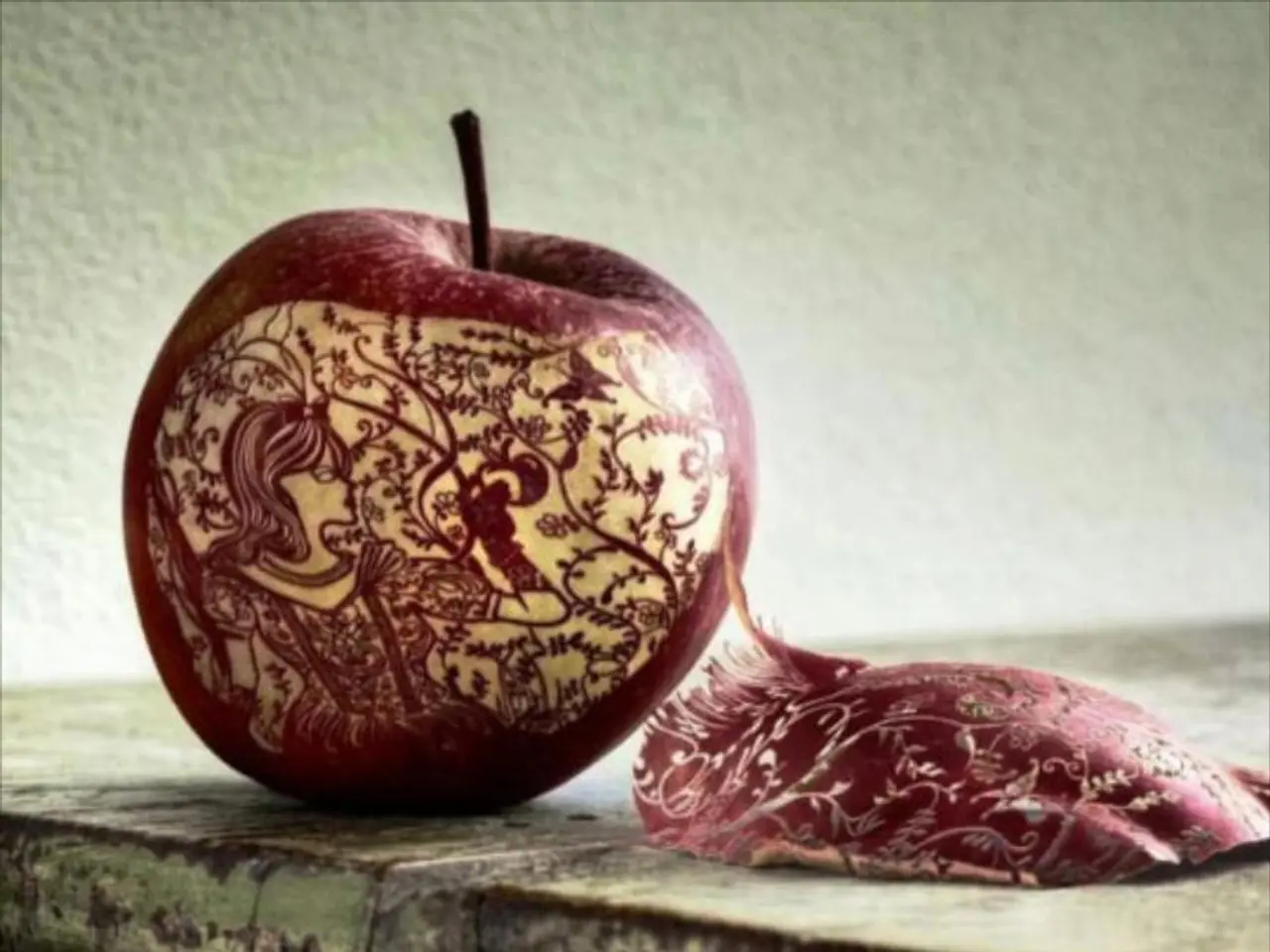Latest Developments in User Experience Design
In the realm of product design, UX (User Experience) has evolved from an optional extra to a leading force, with a growing recognition of its importance in shaping the success of a product or service. This shift is reflected in the increasing number of companies recruiting in-house UX staff.
As UX becomes a global concern, with more work being done in developing nations, it's essential to understand the nuances of different channels to improve the quality of the user experience. This understanding is key to adapting user personas and journeys to cater to a user's needs across every channel.
In this broader landscape, UX designers are having to learn new skills, including navigating the corporate environment and managing change. One such skill is knowledge management, as effective data sharing and reporting are becoming increasingly necessary.
Among the emerging trends in UX is emotional design, which focuses on understanding the psychology and behaviors of users to create deeper emotional connections. In 2025, best practices for emotional design in corporate UX revolve around leveraging AI to create adaptive, empathetic, and personalized experiences.
Emotional UI goes beyond aesthetics, aiming to understand and respond to users’ emotions in real time. AI integration allows apps to detect stress and adjust their interface accordingly or provide encouraging feedback during user frustration, enhancing emotional engagement, loyalty, and satisfaction.
Emotionally Intelligent Design involves using colors, characters, and micro-interactions that evoke positive emotional responses, making users feel connected and motivated. The Duolingo app’s mascot "Duo" is a prime example, using friendly interaction to increase user retention through emotional engagement.
AI-powered UX Writing customizes language and microcopy for empathy and context awareness, turning cold, generic messages into helpful, human-like conversations. This enhances user understanding and connection, particularly in error messages and onboarding flows.
Personalization with AI allows interfaces to adapt in real time based on user behavior, predicting needs and customizing content or calls to action. This adaptive personalization makes digital experiences feel more relevant and emotionally resonant.
Accessibility and inclusion are foundational elements of emotional design in corporate UX, ensuring all users can engage emotionally regardless of ability. This approach is increasingly mandated and ethical, embedding inclusion structurally in design processes.
Sustainable and ethical UX practices, such as transparency, energy-efficient design, and ethical data use, contribute to user trust and positive emotional responses toward brands, representing responsible corporate UX practices.
However, determining the best way to build positive emotional experiences is complex due to conjecture, pseudo-science, and disagreement. UX designers are challenged to dismantle silos within businesses to ensure consistent user experiences across all channels, including email support, telephone support, social media, and bricks and mortar locations.
As UX expands to consider the overall user experience with a brand, rather than just a single product, more research is needed into how access channels can complement each other, rather than just being scalable versions of the same product or service. Positive experiences and emotions drive motivation and purchasing behaviors, making emotional design a crucial aspect of successful product design in 2025 and beyond.
References: [1] Nielsen Norman Group. (2025). Emotional Design in Corporate UX. Retrieved from https://www.nngroup.com/articles/emotional-design-corporate-ux/ [2] Smashing Magazine. (2025). The Future of Emotional Design in UX. Retrieved from https://www.smashingmagazine.com/2025/01/future-emotional-design-ux/ [3] UX Collective. (2025). Accessibility and Inclusion in Emotional Design. Retrieved from https://uxdesign.cc/accessibility-and-inclusion-in-emotional-design-c9577d95114b [4] UX Design Awards. (2025). AI-Powered UX Writing. Retrieved from https://uxdesignawards.com/articles/ai-powered-ux-writing/ [5] Interaction Design Foundation. (2025). Emotional Design in UX. Retrieved from https://www.interaction-design.org/literature/book/emotional-design-in-ux
- As global recognition of UX design continues to grow, designers are adapting their skillset to incorporate emotional design, focusing on user psychology and behavior to create more engaging and personalized experiences.
- In the future, AI integration into UI design will enable apps to respond to users' emotions in real time, adjusting interfaces and providing feedback based on stress levels or user frustration, enhancing emotional engagement and satisfaction.
- To ensure consistent emotional responses across all user channels, UX designers need to dismantle silos within businesses, fostering a holistic approach to user experience that includes email support, telephone support, social media, and physical locations.




